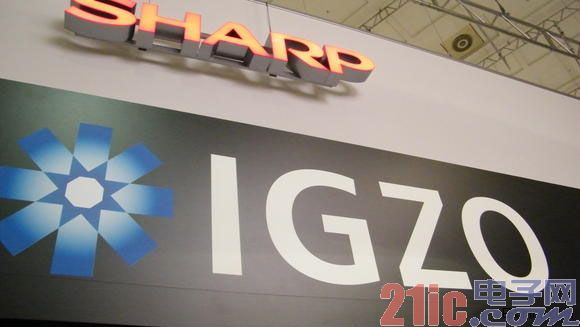
This article refers to the address: http://
Benefiting from the strong demand for small-size LCD panels in smartphone and tablet applications, Japanese panel maker Sharp recently announced its latest quarterly (May-June) earnings report, showing operating profit of 4.6 billion yen (about 4,500). Ten thousand dollars), a 55% increase over the same period last year; however, the company still failed to turn a profit, with a net loss of 1.7 billion yen in the quarter, which was the fourth consecutive quarter of losses.
Sharp's latest quarterly earnings report also exposed the company's strengths and weaknesses. The good news is that demand for small and medium-sized LCD panels is stable. The company's major customers include Apple and Chinese smartphone brand Xiaomi. However, Sharp's energy solutions business suffered losses due to the decline in demand for residential solar panel applications in Japan and overseas markets. The company's energy business business profit fell sharply by 97.3% in the first quarter, reaching 100 million yen ($975,000).
The net loss caused by Sharp is some specific expenses, including 14.3 billion yen (140 million US dollars) of European solar cell manufacturing bases and solar power plant operating costs; Sharp holds 3Sun's joint venture with Enel SpA subsidiary Enel Green Power SpA, an Italian power plant Shares, earlier said that as long as the loan approval from 3Sun is obtained, 33.3% of the shares will be sold at a nominal price of 1 euro.
While trying to recover from huge losses, Sharp is also focused on cutting costs and abandoning non-profit businesses; although Sharp’s net loss has shrunk from $17.9 billion in the same period a year ago to $1.7 billion, the company’s LCD panel business Dependence hasn't changed, and this is the product project that has made Sharp soaked in mud in recent years – so Sharp is hollowing out itself?
A report by Nikkei pointed out that the high-resolution IGZO panel produced by Kameyama No.2 plant will start shipping this month, and the new panel product will be able to work with the company's triple three. The high-resolution display produced by the Mie No. 3 plant is comparable. Sharp's move will shift the Kameyama Plant, which originally produced large-size TV panels, to smaller panels for smartphone and tablet applications, while also actively reducing the cost of IGZO panels.
Because the original design of the Kameyama Plant No. 2 is based on a larger glass substrate, Sharp believes that those substrates can produce more than ten times more smartphone panels per piece. It is understood that Sharp will produce mobile phone panels for Xiaomi's "red rice machine" and 5.5" "red rice Note" at Kameyama No. 2 Plant.
Three Phase Ammeter,Voltage Ammeter,Three-Phase Power Meter,Power Instrument
zhejiangjinyidianqiyouxiangongsi , https://www.jooeei.com